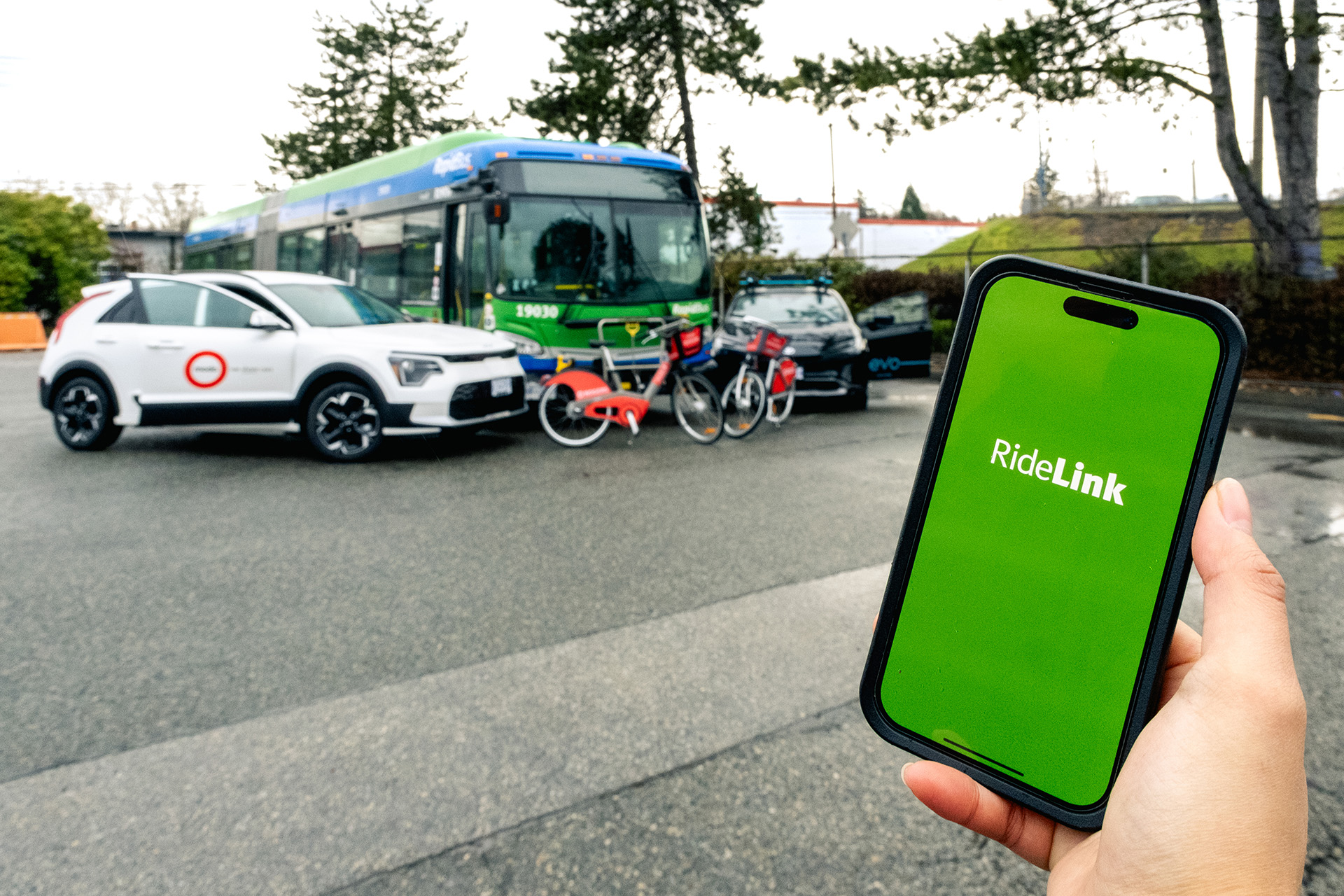
Weigh in Motion (WiM) is a technology that can be used for various applications related to the weights and axle loads of road vehicles. Road-based WiM systems are installed either at the side of the road with measurement sensors embedded directly into the road pavement for direct measurements or beneath a bridge for indirect measurements.
Weighing while in motion is generally defined as the process of measuring the dynamic tyre forces of a moving road vehicle (dynamic wheel loads) and estimating the gross vehicle weight (GVW) and the portion of that weight carried by each wheel, axle and axle group of a corresponding static vehicle (static wheel and axle loads).
In addition to measuring the GVW, axle group loads, axle loads and often wheel loads of the passing vehicles, a WiM system will also determine other parameters related to the vehicle (i.e. vehicle length, vehicle class and number of axles) and its passage over the WiM system (i.e. date, time, speed and lane). As a result, a WiM system will measure, store and provide detailed data from the traffic flow and the traffic loading. For WiM systems certain specific conditions apply. These conditions have an impact on the quality and reliability of the data measured by the WiM system and of the durability of the sensors and WiM system itself.
LS WiM and HS WiM
WiM systems are often divided into two different groups: Low-Speed WIM (LS-WiM) and High-Speed WIM (HS-WiM). While these terms are commonly used, there is the possibility of some confusion because the terms suggest there will be a speed limit that separates LS-WiM and HS-WiM. It is more accurate to define LS-WiM as a WiM system that operates in a controlled weighing environment with limited variations in the way the vehicle will pass the system during the measurement.
On the contrary, HS-WiM is defined as a WiM system that operates under either free-flow traffic conditions without any control over how the vehicles will pass over the WiM system or controlled environments such as a dedicated heavy vehicle lane. Albeit more controlled than a free-flow environment, controlled HS-WiM environments remain quite dynamic.
The primary difference between the two is that for LS-WiM, measurements of the vehicle dynamics (movements of the vehicle and its axles while driving) are significantly reduced and may be ignored. While for HS-WiM systems, the vehicle dynamics are part of the measurement and may not be ignored. This raises the question if a WiM standard should include requirements for both LS-WiM and HS-WiM systems, and how this could be achieved without including unnecessary restrictive requirements.
The use of HS-WiM has many benefits: from identifying overloaded vehicles to helping engineers design pavements to carry the anticipated traffic and providing a powerful tool for enforcement officers to reduce overloading. HS-WiM is not a perfect science as the measurement of the dynamic weight of vehicles is impacted by variations in both road (traffic and infrastructure) and weather conditions. Accuracy and reliability of measurement data as a function of usage is a key consideration for WiM systems.
Governments and industry have worked over many years to establish specifications such as COST323 developed in Europe and standards such as ASTM-E1318 developed in North America, and many more on a national or regional basis.
OIML R-134
Another document that is often used internationally as a reference is the OIML R-134: the international recommendation on “Automatic instruments for weighing road vehicles in motion and measuring axle loads”, to give it its full title. OIML (www.oiml.org) is an intergovernmental treaty organisation that develops model recommendations and related documents for use by legal metrology authorities and industry. There are currently 64 member states and 63 corresponding members within the organisation. Whilst recommended for adoption each member (and beyond) may adopt in full or part, or not at all. OIML can also appoint laboratories globally with the task of testing equipment under each of their international recommendations. In the case of R-134, there are six such laboratories listed by OIML on their website with this accreditation.
The OIML R-134 was initially introduced to address low-speed and static weighing. With the advent and growth of high-speed WiM, amendments have been added to this international recommendation over the years. Fortunately for the industry, about four years ago OIML began the process of revising R-134 to consider the advancements in technology since its original inception in 2006 to specifically include free-flow HS-WiM. This has been welcomed by the membership of the International Society for Weigh in Motion (ISWIM). ISWIM (www.is-wim.net) is a society that unites the broader Weigh in Motion community and comprises three distinct stakeholder groups. The stakeholders are: users of WiM and the information it collects; academics and researchers in WiM technology and its associated data; and vendors that manufacture WiM products and/or services.
OIML’s website states that its mission is to enable economies to put in place effective legal metrology infrastructures that are mutually compatible and internationally recognised, for all areas for which governments take responsibility, such as those that facilitate trade, establish mutual confidence and harmonise the level of consumer protection worldwide. This is where the issue for the high-speed WiM industry occurs.

Several vendors have already carried out - or are in the process of obtaining - OIML accreditation by OIML-certified laboratories. Vendors in particular see this as a necessary investment, while noting the significant drain on cost, time and human resources for making systems available for laboratory tests, finding new test sites, installing a test system, hiring of test trucks, etc. This is a task not to be taken lightly, but for vendors who seek to demonstrate the performance and compliance of their HS-WiM systems it is a necessary one.
Once accreditation has been awarded to the equipment, in theory vendors should be able to apply for tenders globally where OIML R-134 accreditation has been achieved. Industry vendors are becoming increasingly frustrated that in daily practice, their OIML accreditation is not proving to be enough to satisfy tenders in other member states - i.e. Vendor X has achieved certification from member state A but member state B says they want more of the same tests to be carried out before they accept the equipment as OIML standard. If member state A’s tests have been carried out in accordance with the regulations, what more tests need to be carried out in member state B? This is a hinderance for vendors as mentioned previously. The leadership of ISWIM is under increasing pressure from the members of its Vendors & Consultants College to address this situation.
Harmonised approach
From the point of view of the buyers/end users of WiM systems, it may seem like a good idea to have their own dedicated set of specifications or a ‘procurement document’ with a set of requirements that is specific to their needs including retesting the OIML R-134. However, in practice this approach often means that many WiM vendors will choose not to go through the repeat and additional tests for this specific set of requirements. As a result, the buyer may end up with very few or even just one vendor preparing a bid for a tender with a well-known impact on both the price and the long-term quality due to lack of competitive forces. It is appropriate to apply a strict set of specifications in a tender to select the highest quality providers.
However, this can backfire when the specific nature of the specifications results in providers of high-quality solutions deciding not to participate in a tender for no other reason than having to retest what they have already been independently certified. This is especially valid for buyers representing a (very) small market where the costs for the type of approval procedure will weigh heavily on the price of each system.
Clearly, there are benefits in a harmonised approach, where recognition of OIML R-134 is warranted without having to do additional tests specific for the unique user needs reflected in the tender document.
The ISWIM membership base combines the most expertise and experience with WiM technologies and applications worldwide. However, ISWIM - apart from acknowledging the importance of, and supporting them - has no formal position in the development and implementation of international standards.
ISWIM is serving as an external expert in the current revisions of OIML R-134. ISWIM welcomes the opportunity to collaborate with OIML in the ‘education’ of the end users of WiM on the pros and cons of using an international recommendation versus using a set of specific tender specifications. In addition, ISWIM is willing to assist OIML in educating management of national legal authorities and certification institutes of the benefits of adopting an international recommendation over developing their own specific specification.
ISWIM is trying to determine its role to help improve the situation and seeking constructive discussion from the WiM community to resolve this dilemma.












